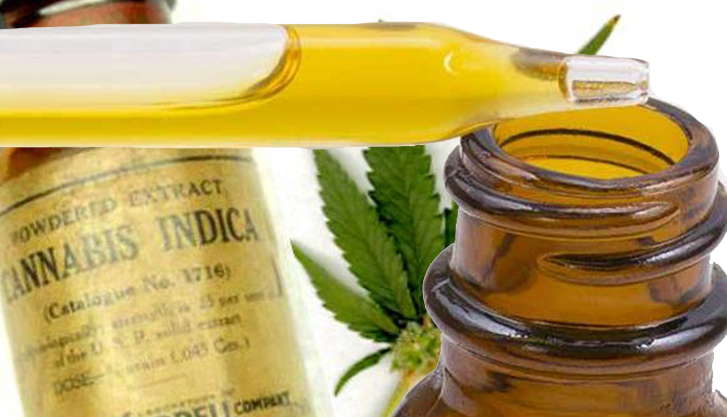
The reason for this is that marijuana is rich in chemical compounds known as cannabinoids. One famous cannabinoid and major constituent of the marijuana plant is known as cannabidiol (CBD). This non-psychoactive substance possesses several properties that are believed to make it beneficial to human health, most notably its anti-inflammatory properties. CBD has been touted as being helpful against all sorts of inflammatory skin conditions. As such, numerous companies have begun selling CBD-containing products to help people deal with their eczema or psoriasis.
Despite its potential in alleviating eczema and psoriasis, doctors state that more testing needs to be done. Dr. Robert Dellavalle, professor of dermatology at the Department of Dermatology at the University of Colorado, explained: "All of these dispensary products haven't been controlled, [or] tested in randomized control trials either, but there are a plethora of companies making topicals and they are available widely and being used widely for pain, for itch and other indications. And the data of how it’s working is not being collected systematically yet, and we’d like to do that.
"I believe it’s a wide-open horizon with tremendous potential that needs to be investigated, but there are a number of regulatory hurdles that need to be overcome and that’s where we are." (Related: Can marijuana shake up the toxic conventional skincare industry?)
Dr. Dellavalle cited one particular ongoing clinical study as an example. In it, researchers are studying a long-term skin condition known as seborrheic dermatitis. This skin disorder affects people with neurological conditions such as Parkinson’s disease. "About half of patients with Parkinson’s disease have a rash on their face called seborrheic dermatitis, and it’s like dandruff of the face near the nose," he said.
The researchers of that study are trying to assess whether or not CBD can help alleviate dry skin in Parkinson’s patients who have seborrheic dermatitis. Although they know that the compound has been shown to be effective against other inflammatory skin conditions, getting it off the ground has been the biggest challenge of all.
"The fact that it’s illegal at the federal level, but legal at the state level – it leads to a lot of complications in trying to do research on marijuana and its derivatives, all of the cannabinoids," stated Dellavalle.
"They’ve overcome many years of regulatory hurdles in order to come into works, like that Parkinson’s trial that I mentioned. That is actually a trial that is going on. It’s randomized, it’s controlled, it’s the highest standards of evidence to eliminate bias."
How does CBD work?
According to MedicalNewsToday.com, the human body is capable of producing its own cannabinoids, which is why we have cannabinoid receptors. There are two cannabinoid receptor subtypes: CB1, many of which can be found in the brain, and CB2, which are usually found in the immune system. In terms of their function, CB1 is connected to coordination, emotion, appetite, and memories; CB2, on the other hand, largely affects pain and inflammation.
Initially, it was believed that CBD exercises its effects by attaching to these receptors. That no longer seems to be the case, however. Researchers are now leaning toward CBD encouraging the human to produce more cannabinoids. This, in turn, leads to many of the health benefits associated with CBD.
Uncover the potential health applications of CBD by going to CannabisCures.news today.
Sources include:
Please contact us for more information.























